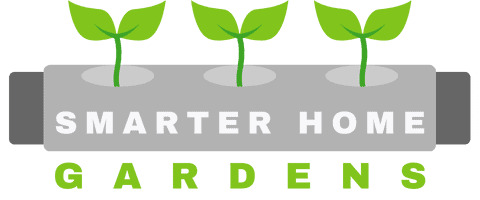This article contains affiliate links. As an Amazon Associate, SmarterHomeGardens.com earns a small commission on qualifying purchases at no extra cost to you.
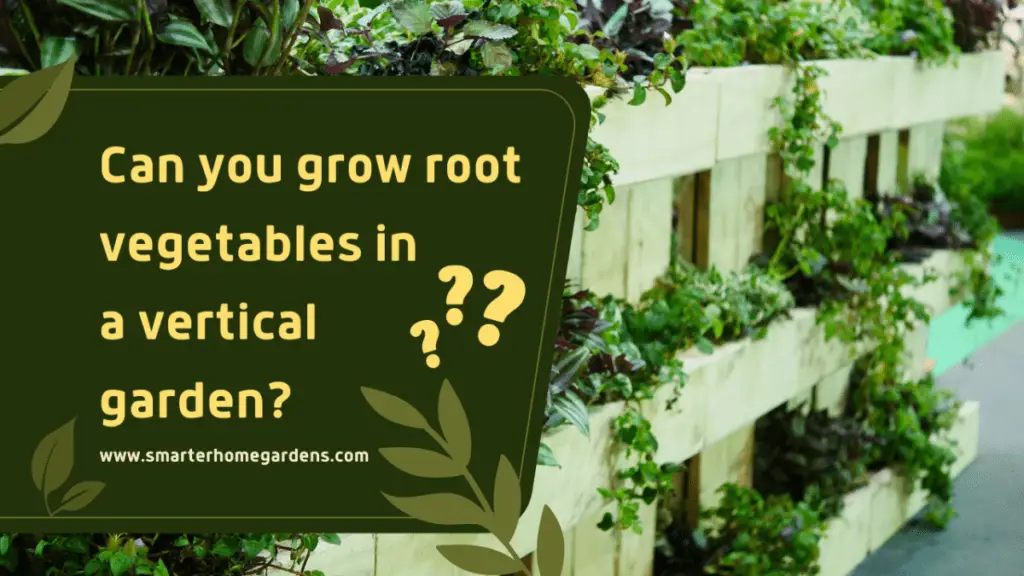
When space is an issue, and you still want to grow some fruits or vegetables, vertical gardening could be the perfect solution. With a little planning, a vertical garden can give just as much harvest as ground space or even more.
But can you grow root vegetables in a vertical garden?
It is possible to grow root vegetables such as carrots, sweet potatoes, radishes and onions in a vertical garden. The secret is to provide containers that are deep and wide enough to allow the vegetables to thrive the same way they would in the ground.
But as you can imagine, growing root veggies vertically is not that easy. So in this post, we will look at what kind of vertical gardens are more suitable for root vegetables and other factors you should consider.
Can You Grow Root Vegetables In A Vertical Garden?
Types of vertical gardens and their suitability for growing root vegetables
1. Trellises or arches
Trellises are the most familiar form of vertical gardens. They are easy to attach to the ground or a raised plant bed in order to expand the garden upwards for vining plants. This type of vertical garden is great for cucumbers, squash, peas and beans.
2. Vertical container gardens
A tower garden comprises layers of containers stashed together so plants can grow and cascade. This is the most suitable option for root vegetables because you can go as big as you want with the containers, and they are mostly within easy reach for watering and caring purposes. The system is also very stable, so the weight of soil, water and the growing vegetables won’t affect it.
3. Wall-mounted gardens
This is where you mount planters-wooden, tins, plastic or felt pockets, on a wall vertically. You will plant one or two plants on each pocket depending on how strong the support system is and how big the planters are. For instance, a felt pocket wall planter with really big and deep pockets can be suitable for root vegetables like radishes, onions and carrots.
But here depth is key, and it can be difficult to find canvas pockets that provide enough of it.
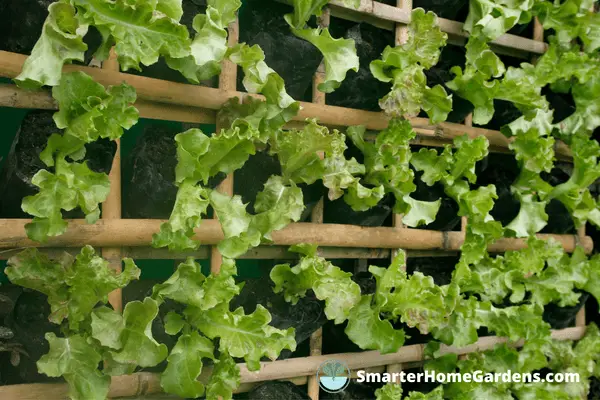
4. Hanging baskets.
Hanging planters are suspended from ceilings, walls or railings. You can plant a root vegetable per basket if it can hold soil and water and if it’s spacious enough to allow development.
5. Vertical pallet gardens
Place a standard wooden pallet upright and use the horizontal flat spaces as planters. You can also stack a few pallets together to make the planting space wider. This vertical garden is most suitable for shallow root plants like strawberries and it won’t be sufficient for root veggies.
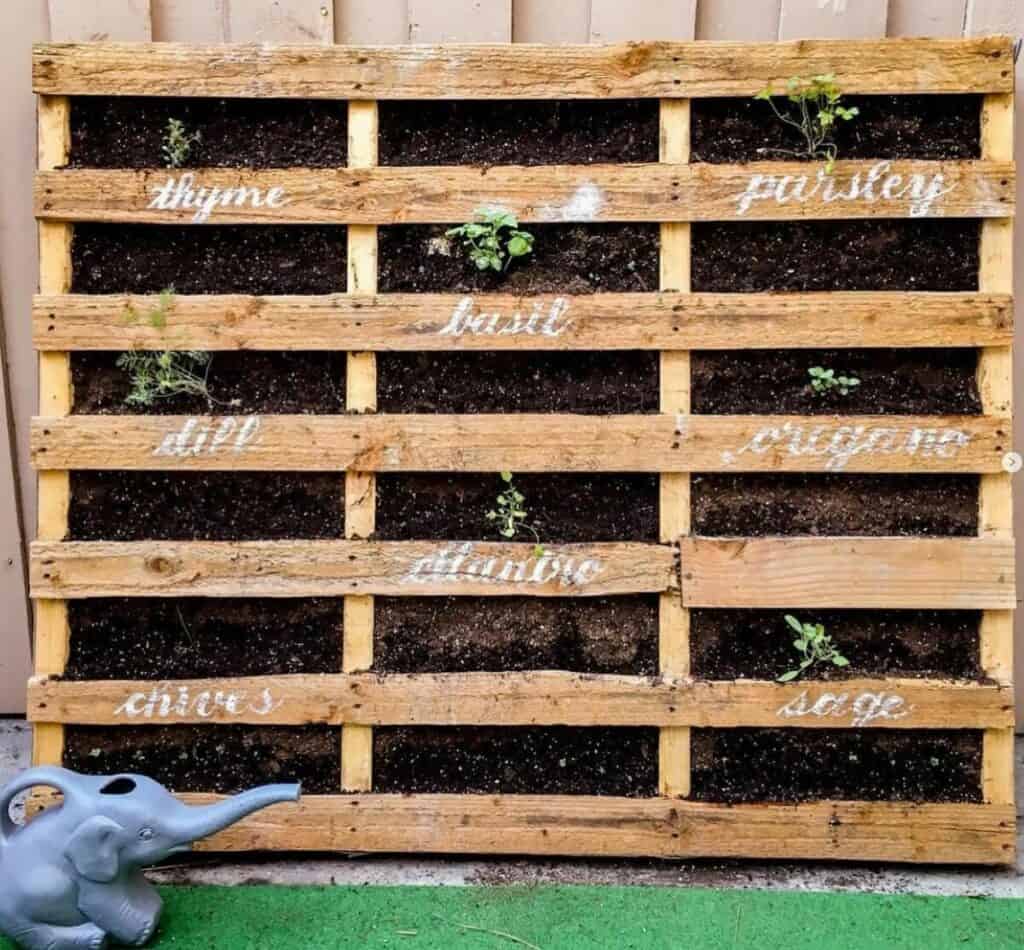
6. Grow cabinets
As the name says, these resemble closed wall cabinets with inbuilt light and nutrients. Grow cabinets are great for cultivating herbs and salad greens. They are also mostly hydroponic systems, so you don’t need soil.
7. Free-standing tower gardens
Tower gardens are a form of free-standing vertical garden that often uses hydroponics or aeroponics to grow plants conveniently indoors. I would not recommend trying to grow root vegetables in a tower garden. At least, not one like mine (pictured below). Tower gardens generally lack the space and depth required to accommodate root vegetables.
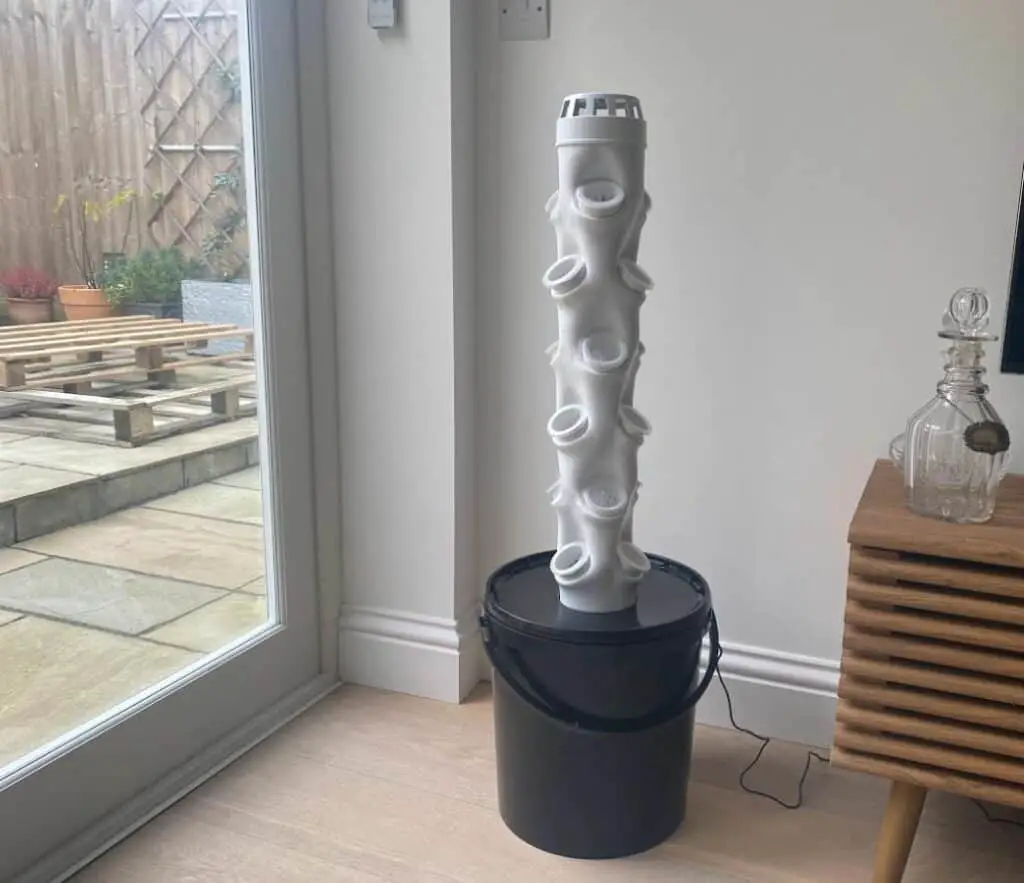
Additionally, hydroponics doesn’t tend to use any soil. Growing root vegetables without soil is difficult and not recommended.
To find out more about this and other types of hydroponics systems, read my dedicated article.
Which root vegetables grow best in a vertical garden?
I’ll admit that I have not tried to grow every type of root vegetable vertically. However, there are a stand-out few that are particularly good for growing in vertical containers, provided they get enough space, depth and nutrients.
The table below illustrates the best root vegetables for growing in a vertical garden:
| Root Vegetable | Soil Depth Requirements | Spacing Requirements |
|---|---|---|
| Carrots | 12 inches | 0.5 – 1 inch apart |
| Sweet Potatoes | 18 inches | 8 inches apart |
| Onions | 4-6 inches | 2 – 4 inches apart |
| Radishes | 4-6 inches | 0.5 – 1 inch apart |
| Beets | 3-4 inches | 4-6 inches apart |
| Turnips | 6-8 inches | 4-6 inches apart |
Factors to consider when growing root vegetables vertically
To grow root vegetables in a vertical garden, you must pay attention to the following.
Soil depth and space
Root vegetables need enough soil depth to bring forth the vegetable and grow it to size. For example, carrots need the soil to be at least 30 cm (12 inches) deep and more if possible. More importantly, they need horizontal space so the vegetable can grow in size. Think about how big you want your root vegetable to become and provide adequate space.
Soil quality
Vertical gardens lose water quickly, so you need a soil type that can hold on to moisture a little longer. This means regular topsoil won’t do. You need soil mixes like peat or coir because they are absorbent yet light enough to allow roots to go in.

I’ve written an article on the best soil for vertical gardens.
Light
All vegetables need sunlight for energy. Carrots and sweet potatoes for example need a good 8 to 10 hours of direct sunlight a day. As you choose your vertical garden, ensure each plant has a clear sight of the sun or artificial light if they are indoors.
Nutrients
Speaking of healthy soil, you should add finished compost or organic fertilizer to the vertical plantings to enhance growth and also lighten the soil. With these two, you don’t have to worry about feeding your plants often because they release nutrients slowly over time.
Water
Last but not least, you need to figure out how the root vegetables will receive water and nutrients. You must keep the soil moist at all times, especially during the early stages of growth to ensure the roots develop and absorb nutrients from the soil.
Ideally, a drip irrigation system is the best because you can have each plant get watered periodically. Alternatively, you can water them manually with a hose or water can, ensuring that each planter has gotten enough water.
If you want to learn about how vertical gardens use less water than traditional gardens, check out my dedicated article.
Problems that can arise when growing root vegetables vertically
Like everything else, growing root vegetables vertically has its issues. Knowing what to expect helps you stay on top of it and avoid some of them.
Stunted growth
Vertical gardens are usually created using one form of a container or another. This could be created using free-standing pots, a pallet, or another form of container. While containers can be sizable, they’re unable to offer a comparable solution to raised or traditional ground beds. Limitations in size and soil depth can hinder the growth of root vegetables that bury deep into the soil.
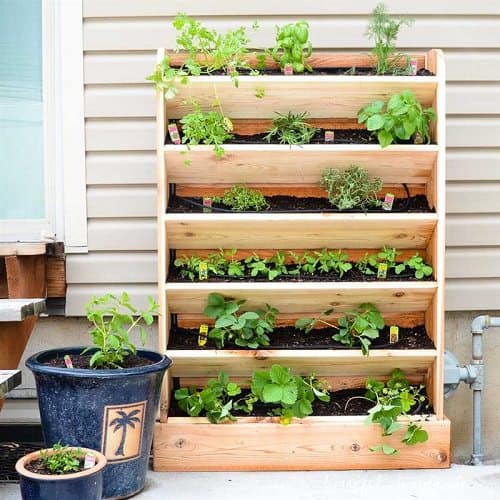
This constriction can sometimes result in root vegetables experiencing poor growth. The leaves and stems may look okay, but the root vegetable under the soil is not getting as big and juicy as it should. This can lead to the disappointing discovery of harvesting tiny potatoes or carrots at the end of the season, which isn’t ideal.
Sun blocking
This is perhaps the most common problem with vertical gardens. Some plants overshadow others and keep them from getting sunlight. Worse still, the structure (for example, a building wall) casts a shadow over the plants, denying them energy. You will realize this because the stems try to grow long faster and end up looking thin and floppy, while the leaves turn out yellowish and sad.
Pathogens and diseases
Vertical gardens are much better off when it comes to pests and diseases compared to their ground-based counterparts. However, they are not immune and can be especially susceptible to water-borne pathogens. As you water the plants on top, the water spreads the pathogens downward, which is a much faster way to spread diseases than in soil.
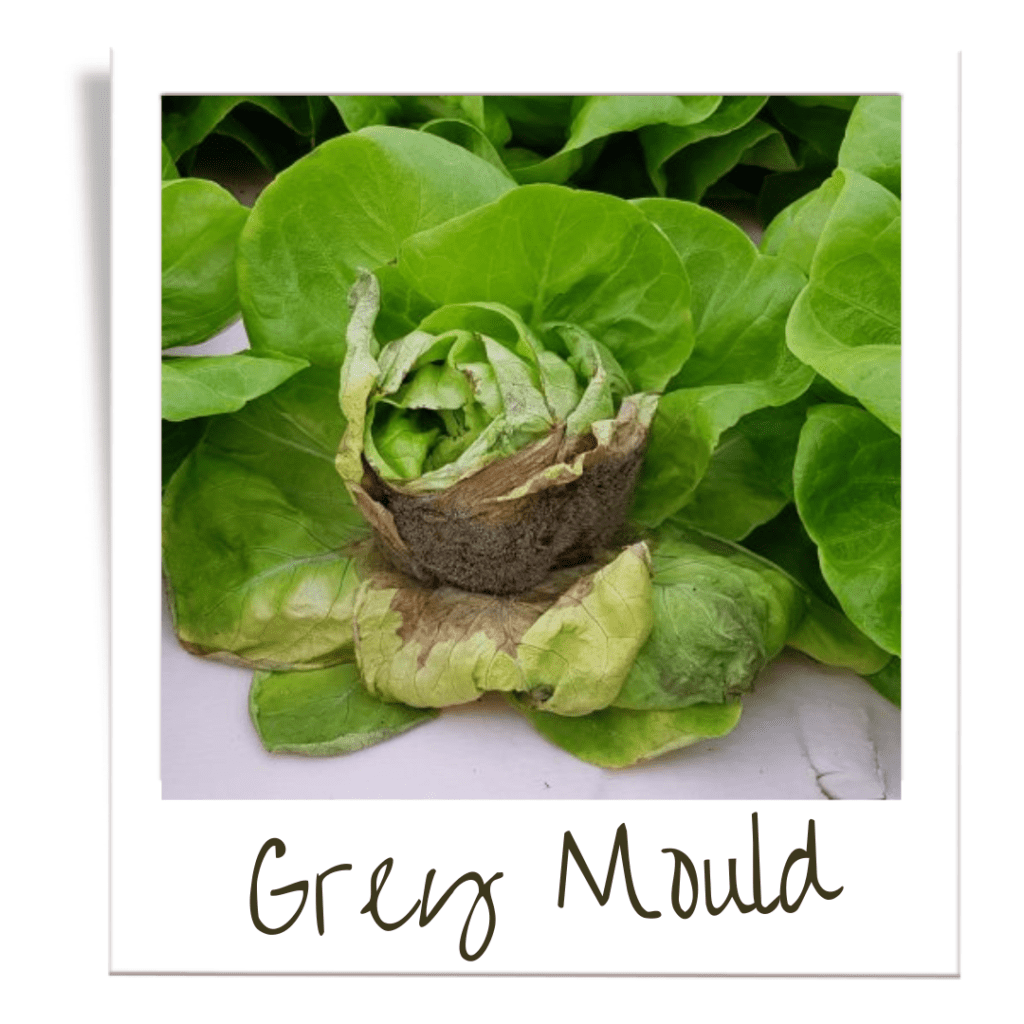
Broken containers
This is a common problem, especially with crops like potatoes and sweet potatoes. The vegetables grow so big that they force the container to break apart to accommodate the size. This becomes a challenge when watering, but it’s also a sign that your root vegetables are thriving.
Final thoughts
If you are on the fence about growing root vegetables vertically, don’t be. We highly recommend trying this method, provided you have the right size of planters, exposure to sunlight and a good watering plan. Our favorite root veggies to plant vertically are onions, radishes, beets, turnips and potatoes. You not only get to enjoy the root vegetables but also their leaves in the meantime.
